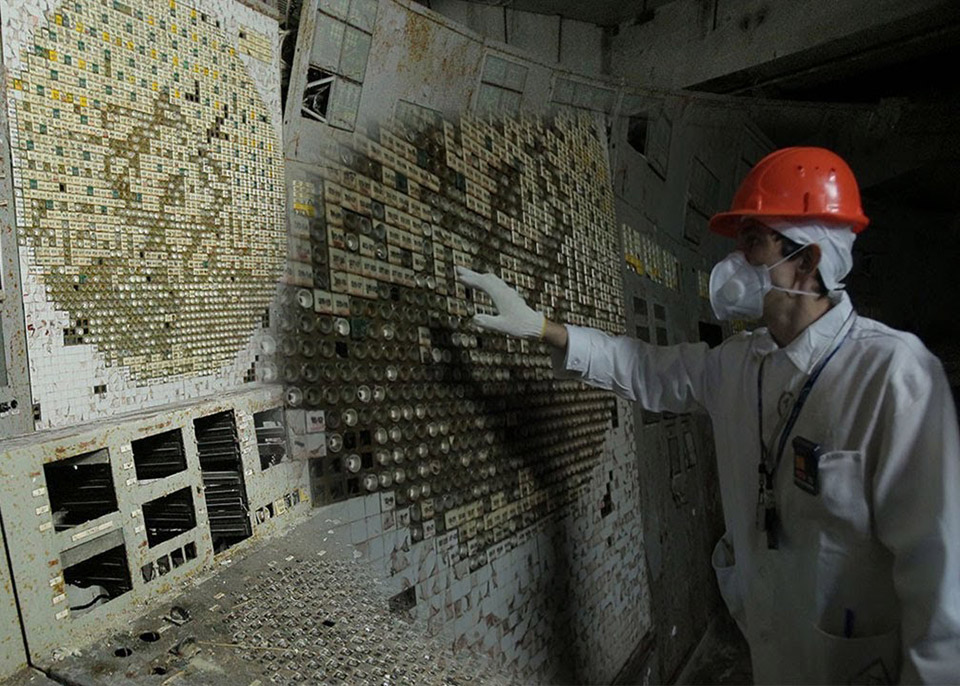
Researchers have discovered a type of black fungi that eats radiation inside the Chernobyl nuclear reactor. It was found growing up the walls of the reactor, which baffled scientists due to the extremely high radiation environment. They later found that the fungi was not only impervious to the deadly radiation, but was attracted to it, thanks to a large amount of the pigment melanin.
Humans with darker skin tones tend to have lots more melanin, which is known to absorb light and dissipate ultraviolet radiation in skin. In fungi, melanin absorbs the radiation and converts it into a type of chemical energy for growth. This means there could be some places in the universe where organisms could thrive in radiation-filled environments.
- Higginbotham, Adam (Author)
- English (Publication Language)
- 560 Pages - 02/04/2020 (Publication Date) - Simon & Schuster (Publisher)
You may have heard about the Elephant’s Foot, or Medusa, and it’s basically the nickname given to a large mass of corium and other materials formed during the Chernobyl disaster in April 1986. It’s presently located in a steam distribution corridor underneath the remains of the reactor and remains an extremely radioactive object. However, its danger has decreased over time due to the decay of its radioactive components. The mass is impervious to a drill, but can be damaged with an AKM assault rifle using armor piercing rounds.





